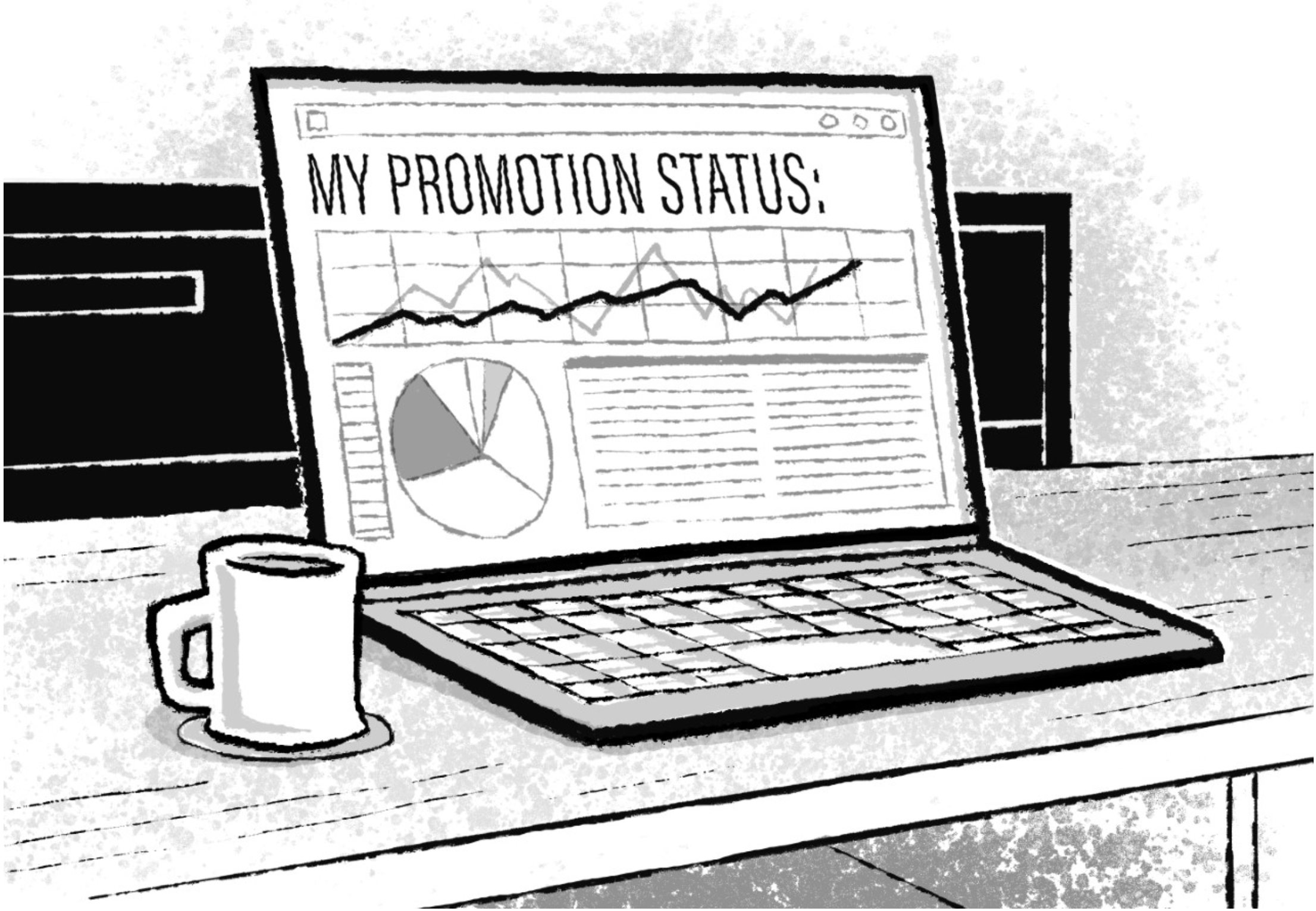Have You Defined the Right UX Metrics?
It can be really tempting to measure the wrong things when it comes to the user experience. You may even be incentivized to track metrics that don’t tell you anything about how effective your digital product is. For example, if your stakeholders have fixated on the importance of page views, you can, potentially, increase the number of people who visit a certain page through search engine optimization (SEO). So while an increase in page views might improve your performance review, the increase doesn’t mean that the content on the page was useful to users or that they did anything meaningful after viewing the page.
I wish there was one metric we could tell our clients, “if you measure this one thing and achieve this benchmark, your digital product will be a success.” But there is no such metric. What’s interesting—and frustrating—about digital products is that they are never done evolving. While UX metrics can and should be used to define a UX return on investment (ROI), their most important role is in helping your team focus on what you need to do to improve your product, make informed UX decisions, and ultimately meet your business goals.
Keep in mind, a meaningful UX metric is specific to your business and current circumstances. Think about when you set personal goals. Your end goal and the circumstances around that goal are specific to you so, naturally, anything you measure is unique to you.
Define business goals
Before you can decide what UX metrics to track, you have to define business goals. If you’re a designer or developer, I’m sure you’ve been approached to “redesign the marketing site” or “build this new feature” with the expectation that this was enough direction to start designing and coding. But unless you know what business goals are driving a redesign or building a new feature, it’s not only difficult to make any informed design decisions, it’s impossible to measure the design’s effectiveness.
Make sure you have a UX foundation
Here’s where it gets tricky. Just because you have a goal doesn’t necessarily mean you know the best things to measure to help you achieve that goal.
Here’s a real world example. A few years ago I had the goal of completing a half marathon. While I set weekly mileage goals, incorporated interval training, and added hill work, I was making terrible progress and kept getting injured. Frustrated, I started looking up different training methods and randomly found a program that addressed a surprisingly simple issue the other programs had not: building my overall fitness—very slowly—from the ground up. There were no mileage or pace goals. An oversimplification of the program is that you run at pace where you can still hold a conversation and, once you start breathing more heavily, you walk. Once your breathing goes back to normal, you run again, and so on. By ignoring weekly miles and instead focusing on gradually improving my overall fitness, I was, ironically, soon able to meet my mileage goals. What’s the point? I was focusing on the wrong things to measure. There was no point in worrying about mileage when I first needed to address my overall fitness. Once I did that, I was able to increase my weekly number of miles fairly easily.
Sound exhausting? A solid UX fitness level is necessary for your organization to meet its business goals. Without that foundation, you’ll just be spinning your wheels and not make any real progress.
For example, many organizations have the goal of increasing engagement, which is typically measured as a series of specific actions the user takes. But they haven’t taken the time to define engagement or even validated that key audiences actually want to engage with the content or features the digital product has. In fact, we recently completed two separate research projects for two vastly different clients with one obvious, shared conclusion: they couldn’t expect to increase engagement because they did not have the type of content their audiences would even want to engage with.
A strong UX foundation will help you decide what to measure
Expanding on the example above, it wasn’t until we took the time to understand the website’s key audiences that we understood what content users wanted and what behaviors indicated a user was “engaged with” the content. For one nonprofit client, that meant developing quiz-like interactive content that encouraged users to explore the site. Through user research, we knew this content not only encouraged users to take notice and click in that moment, but also helped those users understand the organization’s mission and broader impact. Interacting with the quiz content is a leading indicator that the user will take the actions the nonprofit really wants them to take, like referring a friend to apply for one of their programs.
The nonprofit couldn’t start the user experience just expecting users to suddenly be compelled to share the organization’s mission with their friends. The interactive quiz content was one of a few key stepping stone in accomplishing the the organization’s overall goals. With my personal example, measuring mileage every week wasn’t going to get me closer to completing the half marathon. I first had to address my foundation—without that, I was going to keep injuring myself. That foundation of fitness was my stepping stone to ultimately getting to my mileage goals.
The takeaway? Sometimes what you need to measure isn’t obvious or simple to measure. Often, there are underlying issues in the user experience that need to be addressed prior to expecting users to take a larger action like making a purchase, signing up for the service, or sharing with a friend. Identifying and fixing those issues or gaps and measuring that impact is often the key stepping stone in reaching the larger organizational goals.
Interested in learning more about defining UX metrics? Learn about our in-house (also remote) UX ROI workshop.

